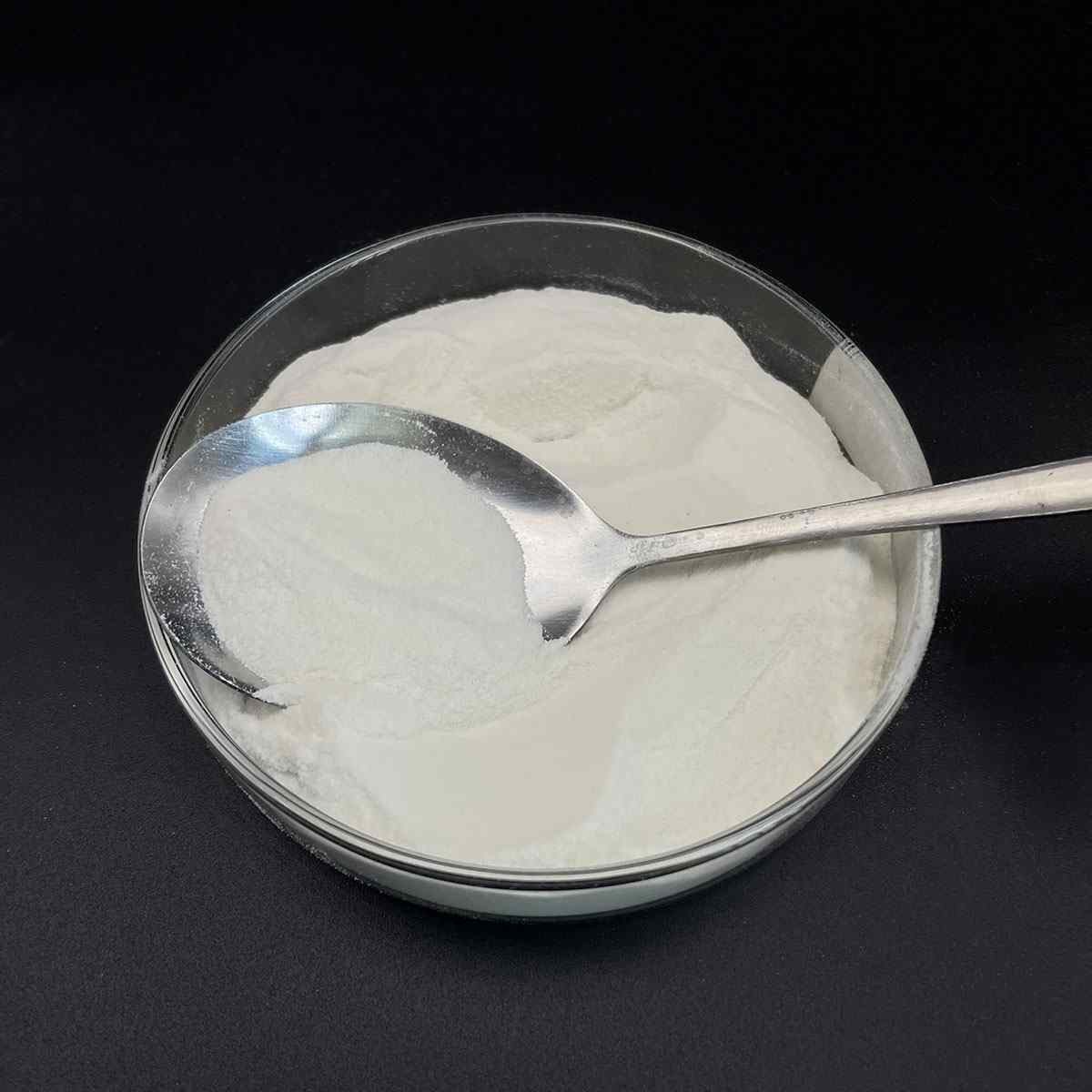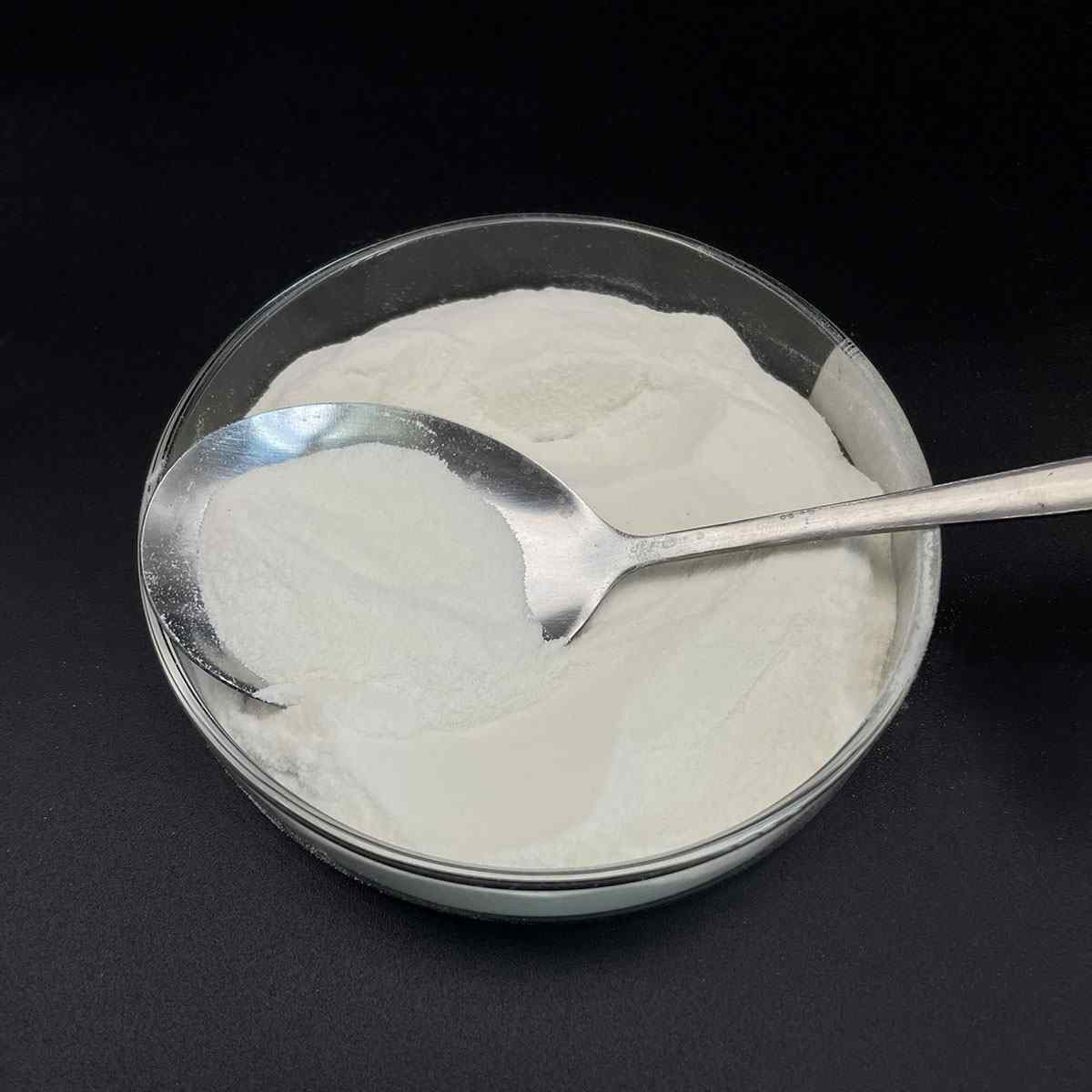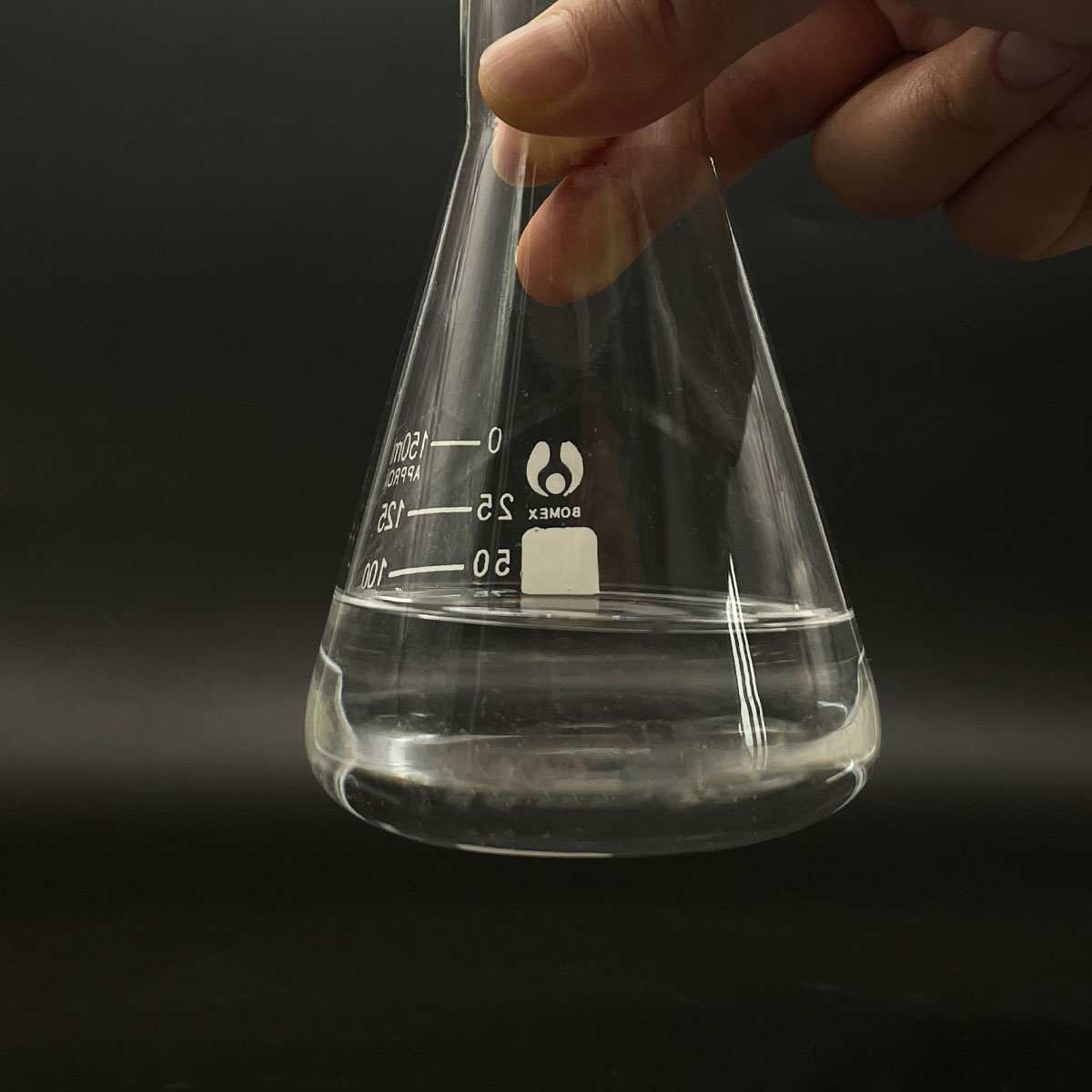1. Introduction
In the past 48 hours, the European Commission has advanced a proposal to restrict the use of sodium lauryl sulfate (SLS) in leave-on cosmetic products due to mounting evidence of skin irritation at concentrations above 1%. This regulatory shift has reignited industry-wide debates about surfactant safety, efficacy, and environmental impact—prompting formulators to reevaluate everything from shampoos to herbicide adjuvants. As consumers increasingly demand ‘sulfate-free’ labels, understanding how SLS truly compares to modern alternatives is more critical than ever.

At its core, sodium lauryl sulfate—also known as sodium dodecyl sulfate (SDS)—is a powerful anionic surfactant derived from lauryl alcohol (often sourced from coconut or palm kernel oil). Its ability to generate rich foam and effectively lift oils makes it a staple in cleansers, toothpastes, and even industrial cleaners. But with growing concerns about irritation, biodegradability, and aquatic toxicity, a new generation of surfactants is challenging SLS’s dominance. Let’s break down seven key comparisons that reveal where SLS excels—and where it falls short.
2. SLS vs. Sodium Laureth Sulfate (SLES): The Ethoxylation Trade-Off
Sodium laureth sulfate (also called sodium lauryl ether sulfate or sodium lauryl ether sulphate) is often confused with SLS, but the two differ significantly. SLES is created by ethoxylating lauryl alcohol before sulfation, resulting in a molecule with ethylene oxide units that reduce skin irritation. While SLS (sls sodium lauryl sulfate) is harsher and more likely to strip natural oils, SLES offers milder cleansing with comparable foaming—making it the go-to in most commercial shampoos (e.g., sodium lauryl ether sulphate in shampoo formulations). However, ethoxylation raises concerns about 1,4-dioxane contamination, a potential carcinogen, complicating SLES’s ‘gentler’ reputation.
3. Anionic Aggression: SLS vs. Gentler Anionic Alternatives

Not all anionic surfactants are created equal. While SLS is highly effective, alternatives like sodium cocoyl isethionate, sodium lauroyl sarcosinate, and sodium coco sulfate offer milder profiles. Sodium lauroyl methyl isethionate, for instance, delivers creamy lather with minimal irritation—ideal for sensitive skin. Similarly, sodium cocoyl glutamate and lauroyl sarcosinate are amino acid–based anionics prized in ‘clean beauty’ for their biodegradability and skin compatibility. These outperform SLS in user comfort without sacrificing cleansing power, though they often cost more and produce less voluminous foam.
4. The Amphoteric Advantage: Cocamidopropyl Betaine and Friends
Amphoteric surfactants like cocamidopropyl betaine (also labeled as coco betaine, amidopropyl betaine, or coco amido propyl betaine) are pH-responsive, acting as cationic in acidic environments and anionic in alkaline ones. This duality makes them excellent foam boosters and viscosity modifiers that also reduce the irritation potential of harsh anionics like SLS. When blended, they create balanced systems—common in baby shampoos and facial cleansers—where the anionic cationic synergy enhances mildness. Unlike SLS, these betaines are rarely sensitizing and are derived from renewable coconut oil.

5. Non-Ionic Contenders: From Polysorbate 80 to Alkyl Polyglucosides
Non-ionic surfactants like polysorbate 80, Span80, Pluronic 127 (poloxamer 188), and ethoxylated alcohols lack charged groups, making them less irritating and excellent emulsifiers. But the real stars are bio-surfactants such as decyl glucoside, coco glucoside, and alkyl polyglucoside. Derived from sugar and fatty alcohols (e.g., dodecyl alcohol), they’re fully biodegradable, non-toxic to aquatic life, and compatible with sensitive skin. In herbicide applications, nonionic surfactant types like these serve as effective wetting agents for grass and lawn wetting agents without the phytotoxicity risks sometimes linked to SLS-based surfactant for weed killer formulations.
6. Cationic and Specialty Surfactants: Where SLS Doesn’t Belong
Cationic surfactants like cetyl trimethyl ammonium bromide (CTAB or cetyltrimethylammonium bromide) and ammonium lauryl sulfate (which, despite the name, is anionic) serve entirely different purposes. CTAB is used in antiseptics and hair conditioners for its substantivity to negatively charged surfaces—but it’s incompatible with anionic surfactants like SLS due to precipitation. Meanwhile, ammonium dodecyl sulfate (or ammonium lauryl sulphate) behaves similarly to SLS but evaporates more readily, making it useful in foaming bath products. Fluoro surfactants and sodium deoxycholate represent niche categories where SLS has no role—highlighting that surfactant selection must align with functional needs, not just cost.
7. Agricultural and Industrial Realities: SLS vs. Lignin Sulfonate and Methylated Seed Oil
In agrochemicals, surfactant for herbicides must enhance leaf penetration without damaging crops. While SLS can act as a surfactant non ionic? No—it’s strongly anionic and can cause leaf burn. Instead, methylated seed oil (MSO) and lignin sulfonate are preferred. MSO improves herbicide uptake in waxy weeds, while lignin sulfonate—a byproduct of paper manufacturing—acts as a dispersant and wetting agent. Even sodium dodecylbenzene sulfonate, though anionic like SLS, is more stable in hard water and commonly used in pesticide formulations. For those seeking sodium lauryl sulfate for sale in agricultural contexts, alternatives are almost always superior.
Conclusion
Sodium lauryl sulfate remains a potent, cost-effective anionic surfactant—but its reign is waning as safer, greener, and more specialized alternatives emerge. Whether you’re formulating a gentle facial cleanser or an eco-friendly weed killer, understanding the nuanced differences between SLS, sodium laureth, amphoteric betaines, and bio-surfactants is essential. The future of surfactant science lies not in eliminating sulfates outright, but in matching the right molecule to the right application—balancing performance, safety, and sustainability.
Our Website founded on October 17, 2012, is a high-tech enterprise committed to the research and development, production, processing, sales and technical services of ceramic relative materials such as 7. Our products includes but not limited to Boron Carbide Ceramic Products, Boron Nitride Ceramic Products, Silicon Carbide Ceramic Products, Silicon Nitride Ceramic Products, Zirconium Dioxide Ceramic Products, etc. If you are interested, please feel free to contact us.


